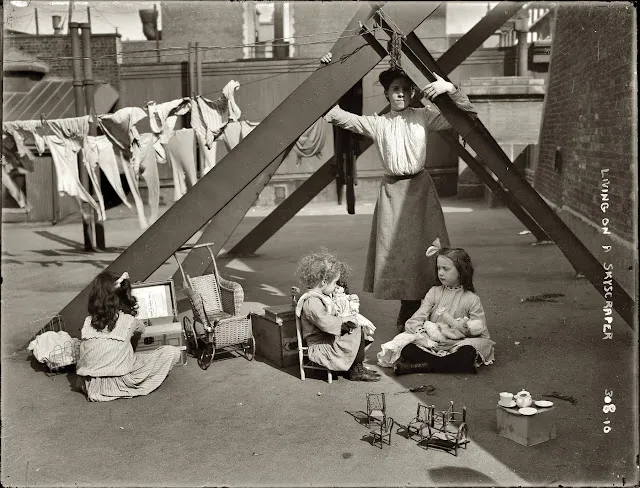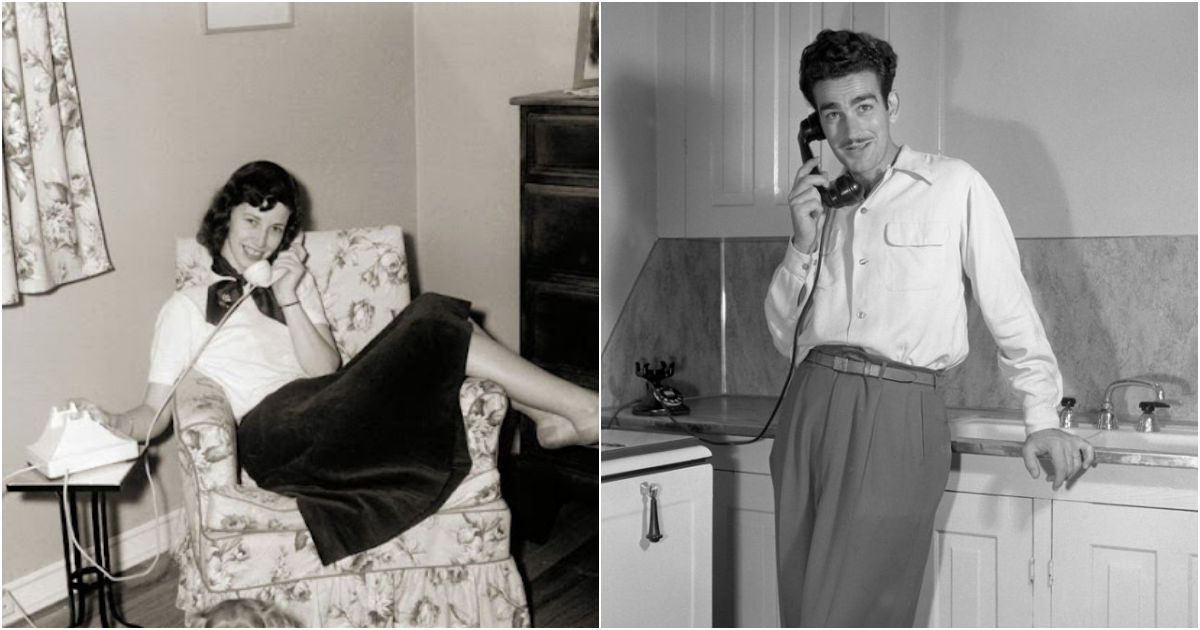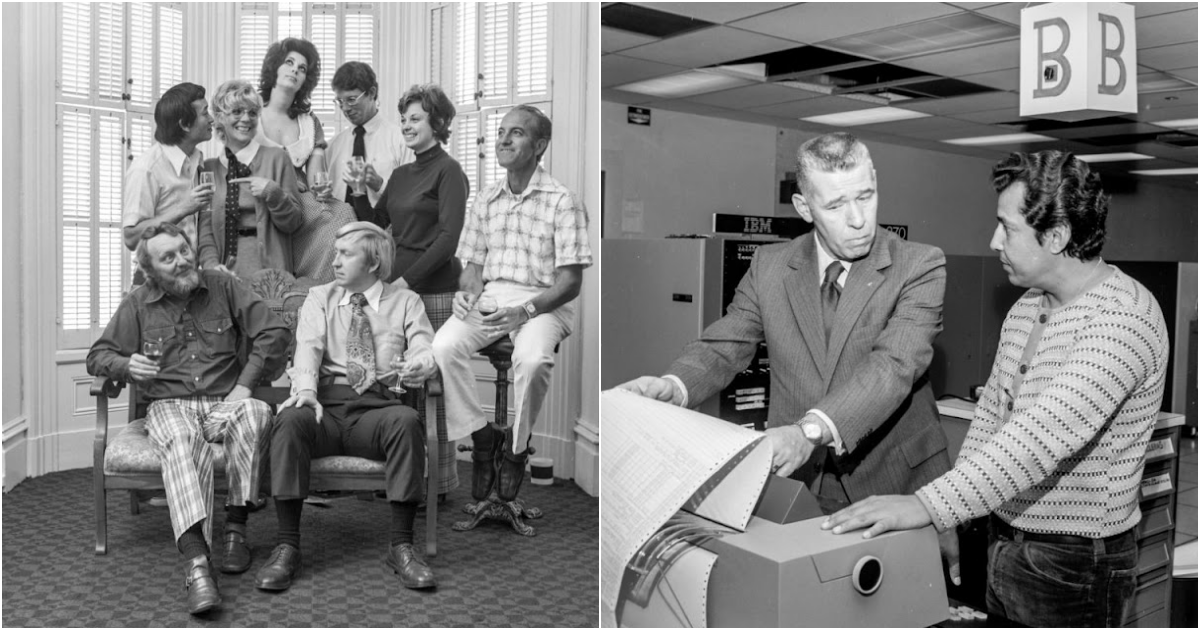During the first half of the 19th century, New Orleans became the United States’ wealthiest and third-largest city. Its port shipped the produce of much of the nation’s interior to the Caribbean, South America and Europe. Thousands of slaves were sold in its markets, but its free black community thrived. Until 1830, the majority of its residents still spoke French.
By 1900, the city’s streetcars were electrified, and New Orleans jazz was born in its clubs and dance halls. The city grew. New pump technology drove the ambitious draining of the low-lying swampland located between the city’s riverside crescent and Lake Pontchartrain. New levees and drainage canals meant that many residents could live below sea level. Hurricanes in 1909, 1915, 1947 and 1965 damaged the city, but never catastrophically.
.jpg)
|
| Esplanade Avenue, 1900. |
.jpg) |
| Old Cotton Exchange, 1900. |
.jpg) |
| French Opera house, 1900. |
.jpg) |
| Mules on the levee, 1903. |
.jpg) |
| Unloading bananas on the levee, 1903. |
.jpg) |
| Oyster sluggers, 1906. |
.jpg) |
| Oyster & charcoal luggers in the old basin, 1908. |
.jpg) |
| Pay day on the levee, 1906. |
.jpg) |
| Steamer loading grain from floating elevator, 1906. |
.jpg) |
| Steamer loading hides, 1903. |
.jpg) |
| Torpedo boats on the Mississippi, 1906. |
.jpg) |
| Milkbobile in Quarter, 1903. |
.jpg)
|
| Milk runner on Esplanade Ave, 1903. |
.jpg) |
| Smallest news & post card stand in New Orleans. 103 Royal Street, 1908. |
.jpg) |
| Old Ursuline Convent, 1910. |
.jpg) |
| Old Absinthe House & Bourbon Street, 1903. |
.jpg) |
| Camp & Canal, 1905. |
.jpg) |
| Canal Street, 1910. |
.jpg) |
| 1907. |
.jpg) |
| Carondelet Street, 1905. |
.jpg) |
| Canal Street from above, 1903. |
.jpg) |
| View of the Mississippi atop the Grunewald Hotel, 1910. |
.jpg) |
| Downtown rooftops from the Grunewald (now The Roosevelt), 1910. |
.jpg)
|
| Angola landing, 1910. |



